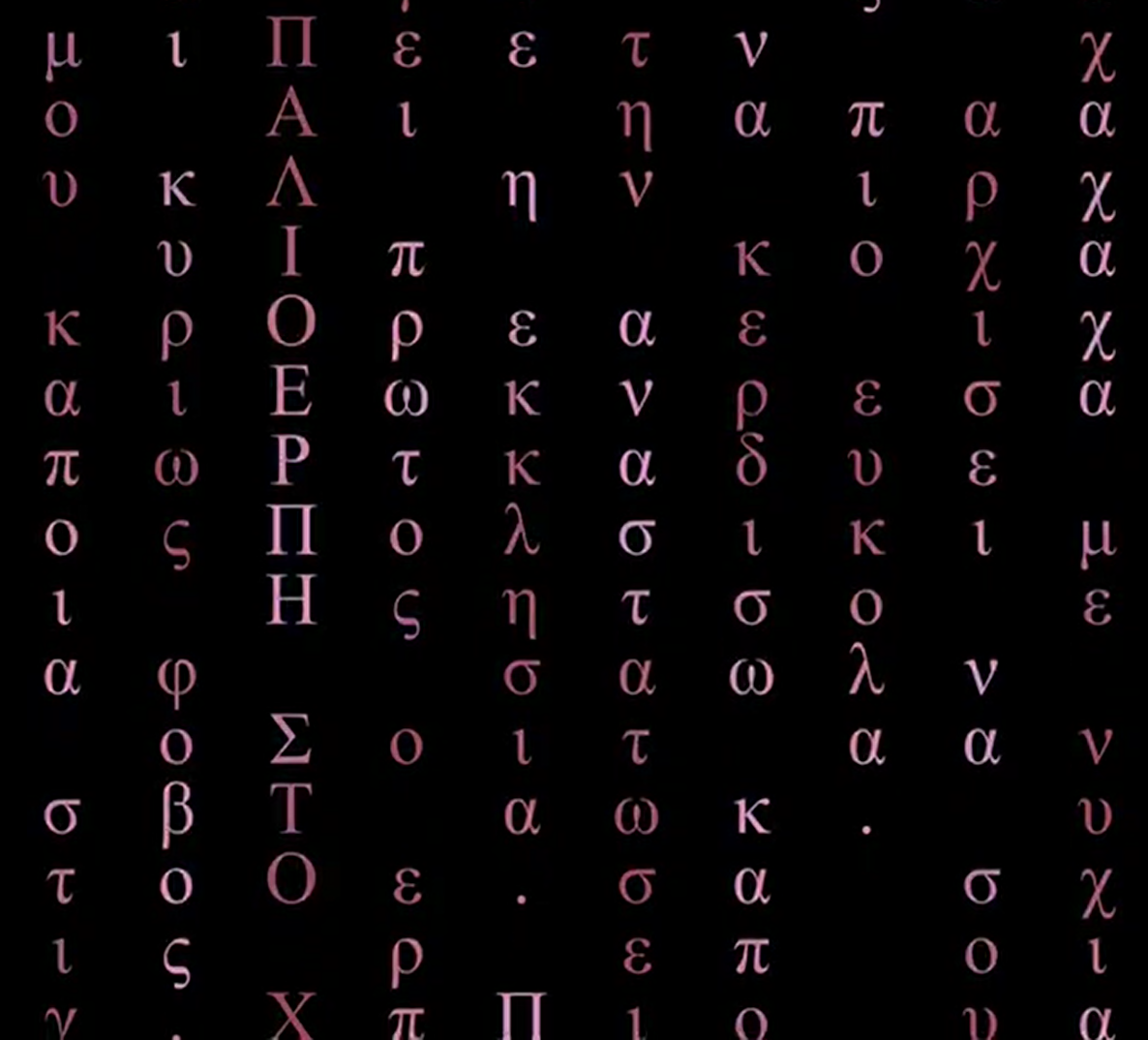Onwards and Upwards
“Onwards and Upwards” is a projection mapping installation centered around the concept of ascent.
Work by Chloe Karnezi
Concept
Once a year hundreds of millions of salmon return to the mountain streams where they were born, in an event that fascinates wildlife enthusiasts across the globe: the great salmon run. The first of three scenes of this projection mapping project depicts a salmon run: a school of salmon swimming upstream as they so characteristically do. But what makes this spectacle so interesting? The true reason they navigate back to their roots is to spawn but, as humans, we tend to impose greater meaning to most things and interpret them in our own way. I believe that the salmon run appeals to our romanticised ideal of perseverance, struggle, and going “against the current” in our own, unique ways. The third and final scene of “Onwards and Upwards” returns to the theme of upward movement and perseverance, with another example of this behaviour in nature: moss.
The “fish” shapes, or bezier curves, seen in the first scene were also the key component of my first ever coding sketch using Processing, at the beginning of term one. I wanted to revisit and improve it in this end-of-term project as a means of coming full circle with my work.
The second scene adheres to the rule of upward motion whilst simultaneously creating a contrast to the first scene by straying from the theme of nature. It explores instead a very digital, “Matrix-like” aesthetic. It is an experiment in projecting text, using sentences that were generated by my iPhone’s predictive keyboard feature, whose algorithm gives you predictions for your next word based on your recent activity and information from your apps. It is adapted to my phone data and style of texting, and as such provides a valuable lens into my own style of texting and most frequently used words. In other words, this scene is a self portrait of sorts.
Technical
Our team created the stairs / 3D object using the laser cutting technique. They consisted of six steps, and each step consisted of two surfaces. This meant that each of my scenes had to be “broken up” into twelve segments, which proved to be a challenge as I had to ensure that this excessive fragmentation did not lower the resolution of my projection.
For the second scene, I initially wanted the text to be in Greek, however I was unable to successfully get OpenFrameworks to read and display .txt files written in the Greek alphabet, despite trying many methods over time. This is definitely something I would like to succeed in doing in the future. Depicted above is a Processing version of the same sketch which I created to display my original, desired outcome.
When trying to translate the code from my early Processing sketch with the bezier curve into OpenFrameworks, I quickly realised that there was no built-in bezier function or its equivalent in OF. As a result, I only managed to achieve the shape after a long period of experimenting with CurvedSegmentPolyline.
Future development
In the future I would like to experiment with the surfaces upon which the “Onwards and Upwards” series might be projected. I was recently able to witness French artist Joanie Lemercier’s incredible audiovisual installation “Constellations” at the 2020 Winter Lights Festival in Canary Wharf. He projected his visuals on invisible water particles to form shapes and intangible structures in the air. This opened my eyes to the endless possibilities of projecting visuals on “soft” surfaces such as mist, water, smoke, and more.
References
Joanie Lemercier's website: https://joanielemercier.com
I used the "PsychoMoss" Processing sketch by Quantum Z as a template for my third scene: https://www.openprocessing.org/sketch/146306































































